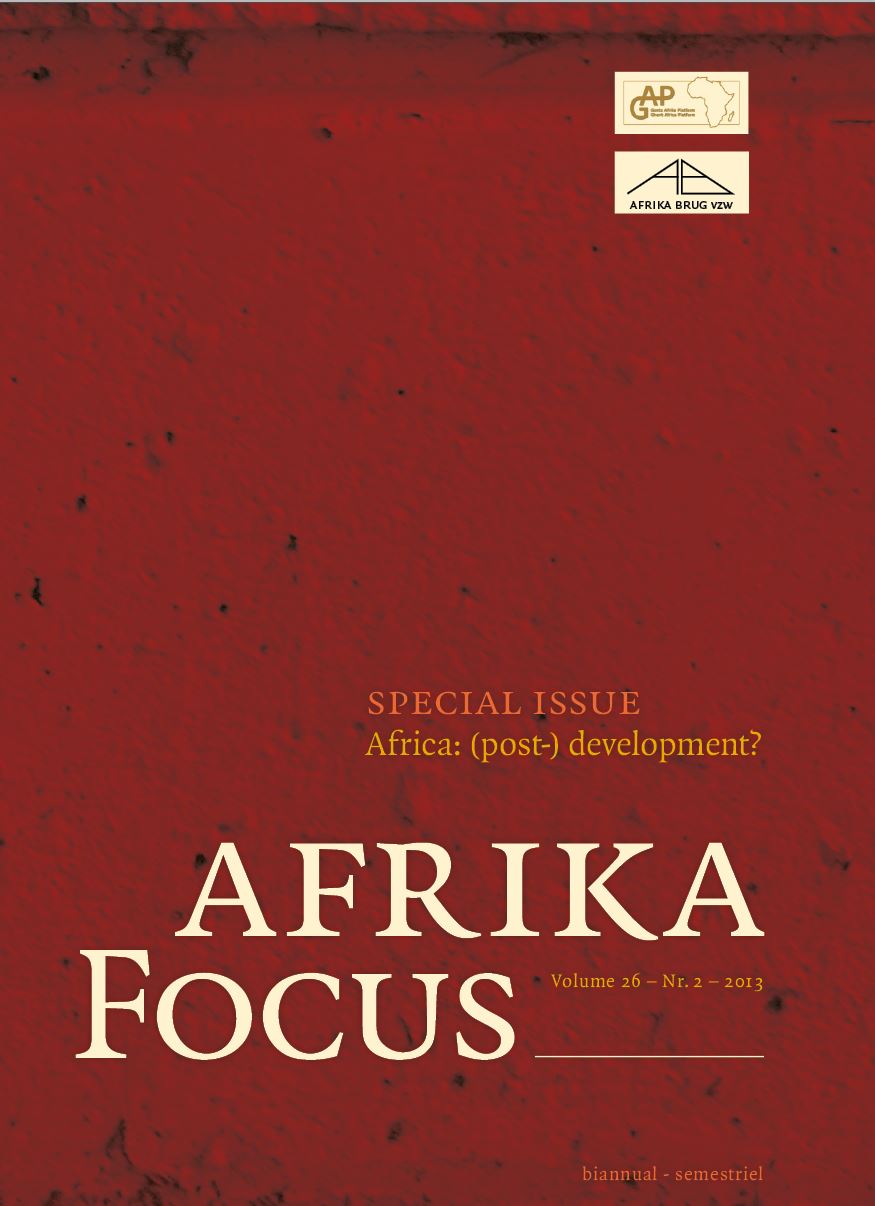Arbuscular mycorrhizal fungi associated with shade trees and Coffea arabica L. in a coffee-based agroforestry system in Bonga, Southwestern Ethiopia
DOI:
https://doi.org/10.21825/af.v26i2.4912Abstract
In a first step to understand the interactions between Coffea arabica L. trees and mycorrhizae in Ethiopia, an investigation of the current mycorrhizal colonization status of roots was undertaken. We sampled 14 shade tree species occurring in coffee populations in Bonga forest, Ethiopia. Milletia ferruginea, Scheffiera abyssinica, Croton macrostachyus, Ficus vasta, F. sur, Albizia gummifera, Olea capensis, Cordia africana, Ehretia abyssinica, Pouteria adolfi-friederici, Pavetta oliveriana, Prunus africana, Phoenix reclinata and Polyscias fulva. Coffee trees sampled under each shade tree were all shown to be colonized by arbuscular mycorrhizal fungi (AM fungi). Four genera and 9 different species of AM fungi were found in the soils. Glomus (Sp1, Sp2, & Sp3 & Sp4), Scutellospora (Sp1 & Sp2) and Gigaspora (Sp1 & Sp2) were found under all 14 shade tree species, whereas Acaulospora (Sp1) occurred only in slightly acidic soils, within a pH range of 4.93-5.75. Generally, roots of the coffee trees were colonized by arbuscules to a greater degree than those of their shade trees, the arbuscular colonization percentage (AC%) of the former being higher than the latter (signifIcant difference at 0.05 level). Though differences were not statistically signifIcant, the overall hyphal colonization percentage (HC%) and mycorrhizal hyphal colonization percentage (MHC%) were shown to be slightly higher under coffee trees than under their shade trees. However, the differences were statistically significant at 0.05 level in the case of HC% values of coffee trees under Pouteria adolf-friederici and MHC% under Cordia africana. Spore density and all types of proportional root colonization parameters (HC%, MHC%, AC% and vesicular colonization percentage, VC%) for both coffee and shade trees were negatively and significantly correlated with organic soil carbon, total N, available P, EC and Zn. Correlation between arbuscular colonization for coffee (AC%) and organic carbon was not significantly positive at a 0.05 level. Incidence of specific spore morphotypes was also correlated with physical and chemical soil properties. Results indicate that AM fungi could potentially be important in aforestation and help to promote coffee production activities in Ethiopia providing an alternative to expensive chemical fertilizer use, and would offer management methods that take advantage of natural systems dynamics that could potentially preserve and enhance coffee production. Key words: aforestation; agroforestry, coffee groves, ecology, integrated production systems, rhizosphere, sustainable agriculture, symbiosisDownloads
Published
How to Cite
Issue
Section
License
Authors who publish with this journal agree to the following terms
Authors retain copyright and grant the journal right of first publication with the work simultaneously licensed under a Creative Commons Attribution License that allows others to share the work with an acknowledgement of the work's authorship and initial publication in this journal.
Authors are able to enter into separate, additional contractual arrangements for the non-exclusive distribution of the journal's published version of the work (e.g., post it to an institutional repository or publish it in a book), with an acknowledgement of its initial publication in this journal.
Authors are permitted and encouraged to post their work online (e.g., in institutional repositories or on their website) prior to and during the submission process, as it can lead to productive exchanges, as well as earlier and greater citation of published work (See The Effect of Open Access).


